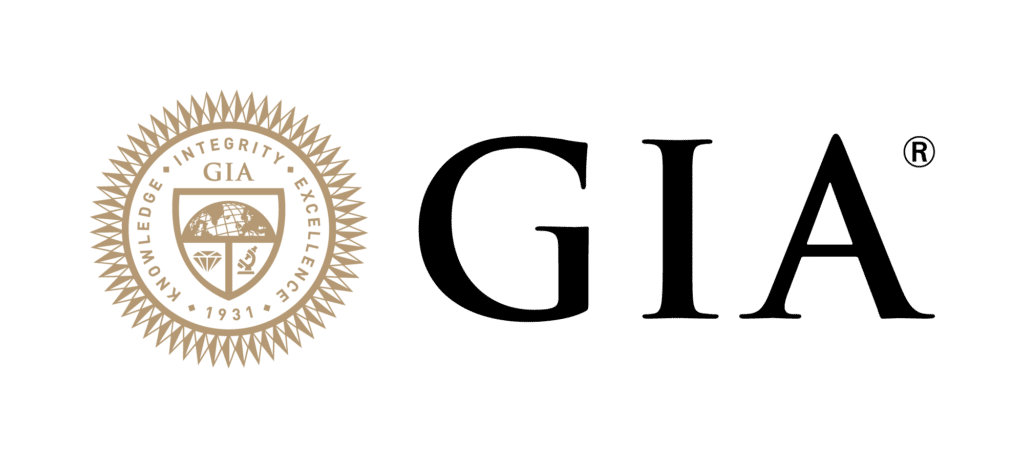Elevate your gemological knowledge with some of the foremost experts from GIA. As the official Education Sponsor of Conclave, GIA is offering 11 education sessions in total.
We introduced five sessions in our last issue, and now we are excited to share the remaining six!


The Challenges of Determining Diamond Geographic Origin
Monday, May 1, 2023 / 2:30 p.m.–3:30 p.m.
Tuesday, May 2, 2023 / 10:30 a.m.–11:30 a.m.
Faceted natural diamonds in the marketplace rarely accompany information about their country of origin. However, there is growing interest among consumers to know where their diamonds come from.
Several research groups over the past few decades have sought to develop a way to independently determine a diamond’s country of origin but there has yet to be a verifiable method. This lecture will explore the underlying challenges and discuss possible solutions.
Superdeep Diamonds and Their Significance as Gemstones
Tuesday, May 2, 2023 / 12:00 p.m.–1:00 p.m.
Most diamonds originate from old and thick parts of continents at depths of about 150–200 km. This is already an incredible depth, but some “superdeep” diamonds were born as far as 300–800 km deep beneath our feet. For scientists, they offer a glimpse into the Earth’s inner workings, but superdeep diamonds are more than a scientific curiosity.
This session will examine superdeep diamonds and the surprising role they play in the gem marketplace.

Fostering Sustainability in the Gem & Jewelry Industry: Education & Traceability
Monday, May 1, 2023 / 4:00 p.m.–5:00 p.m.
Sixty percent of luxury consumers say that they look into the corporate responsibility of the brands they purchase from, compared to 45% in 2013. Sustainability-influenced fine jewelry purchases are estimated to grow from 20% in 2019 to 25–30% in 2025.
During this panel discussion, GIA will share how sustainability and environmental, social, and governance (ESG) are at the very core of GIA’s mission of protecting the gem and jewelry-buying public through research, education, and laboratory services, from providing source information for the diamonds we grade to offering basic gemological and market knowledge for artisanal miners in gem-producing regions.

The Value Factors of Jadeite Jade
Tuesday, May 2, 2023 / 3:00 p.m.–4:00 p.m.
Jadeite jade is one of the most valuable gemstones that often break auction records, and it is especially admired and desired by consumers in the Asian market. As an aggregate gem, its value factors are quite different from single crystal gems. This session will introduce the basics of how to evaluate a piece of jadeite, rough and finished products, which will help participants better present their jade pieces to customers.

The Current Laboratory-Grown Diamond Market
Tuesday, May 2, 2023 / 4:30 p.m.–5:30 p.m.
The laboratory-grown diamond market has developed substantially since its entry into the jewelry trade in the mid-1990s. Join GIA subject specialist Lisa Kennedy, GIA GG, as she delves into the increasing amounts of improved qualities of laboratory-grown diamonds. Build your knowledge and confidence about this growing market, including the top manufacturing countries and recent record-breaking sizes.

Color Instability in Sapphires: An Update
Wednesday, May 3, 2023 / 10:30 a.m.–11:30 a.m.
Color stability testing has been an important identification routine for decades. In the last few years, the stability test has been implemented to identify pink sapphires that can be charged with UV light to create a temporary change of color into the range of orangy-pink to pinkish-orange of padparadscha sapphires or even to straight orange.
More recently, some sapphires have been observed that will actually gain yellow or orange color during the stability test, which is the opposite reaction expected. Color unstable sapphire represent a challenge for color grading since exposure to visible light can fade unstable orange/yellow color while exposure to UV light (even the small component) will create this unstable coloration.
To see the full schedule of education sessions and events, or to register, click here. We hope to see you in Louisville, KY!